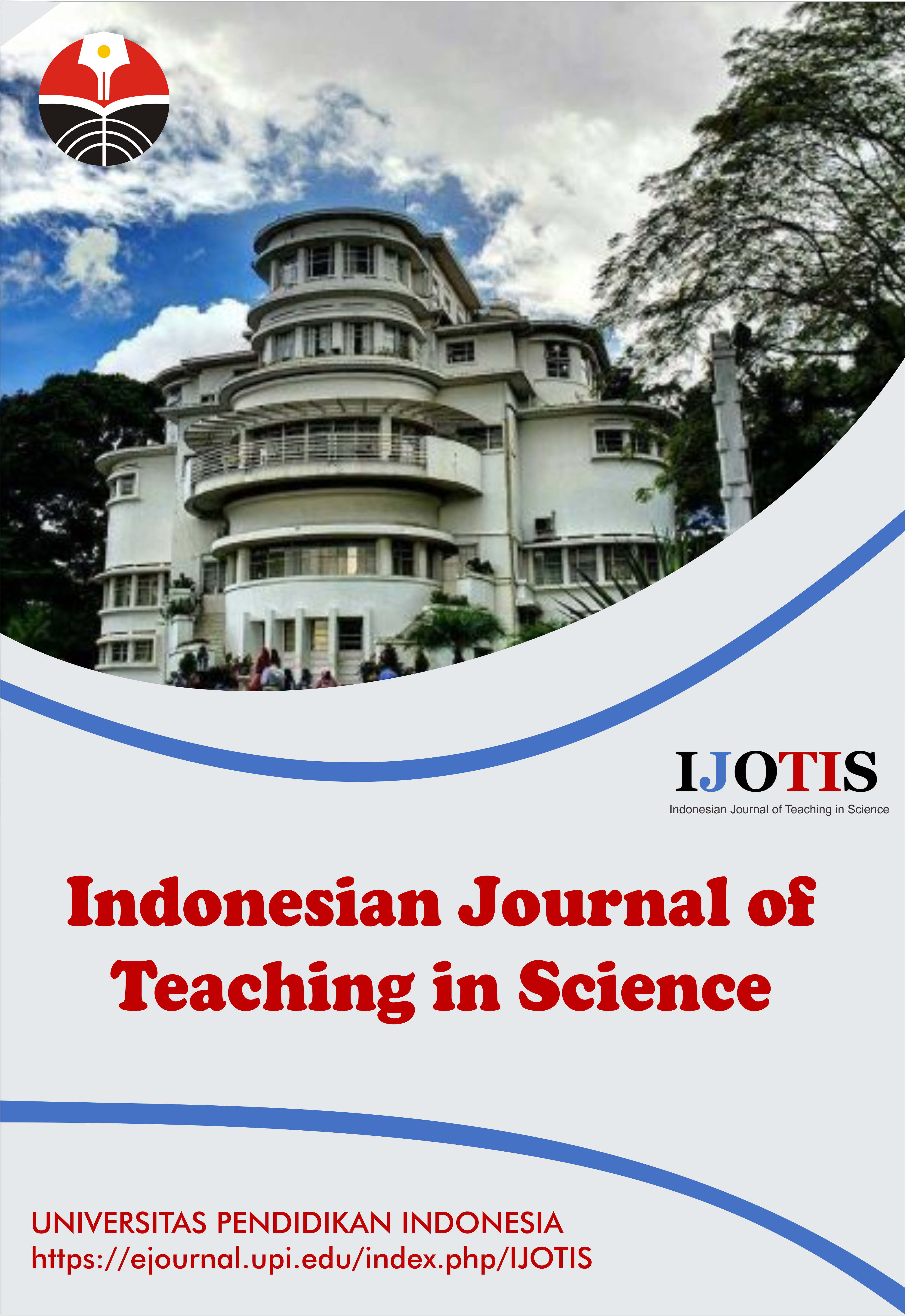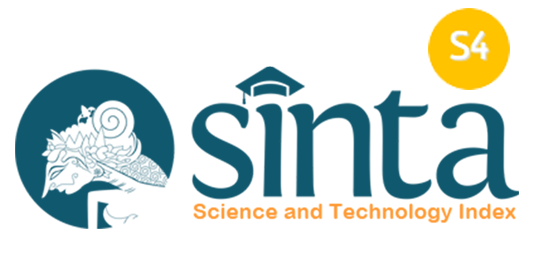Manipulatives in Learning Fraction for Improving First-Year Elementary Students’ Understanding
Abstract
Keywords
Full Text:
PDFReferences
Carbonneau, K. J., Marley, S. C., and Selig, J. P. (2013). A meta-analysis of the efficacy of teaching mathematics with concrete manipulatives. Journal of Educational Psychology, 105(2), 380.
Carr, J. M. (2012). Does math achievement h’APP’en when iPads and game-based learning are incorporated into fifth-grade mathematics instruction?. Journal of Information Technology Education: Research, 11(1), 269-286.
Dandashi, A., Karkar, A. G., Saad, S., Barhoumi, Z., Al-Jaam, J., and El Saddik, A. (2015). Enhancing the cognitive and learning skills of children with intellectual disability through physical activity and edutainment games. International Journal of Distributed Sensor Networks, 11(6), 165165.
Dori, Y. J., and Barak, M. (2001). Virtual and physical molecular modeling: Fostering model perception and spatial understanding. Journal of Educational Technology and Society, 4(1), 61-74.
Fosnot, C. T., and Perry, R. S. (1996). Constructivism: A psychological theory of learning. Constructivism: Theory, Perspectives, and Practice, 2, 8-33.
Gersten, R., Chard, D. J., Jayanthi, M., Baker, S. K., Morphy, P., and Flojo, J. (2009). Mathematics instruction for students with learning disabilities: A meta-analysis of instructional components. Review of Educational Research, 79(3), 1202-1242.
Golafshani, N. (2013). Teachers' beliefs and teaching mathematics with manipulatives. Canadian Journal of Education/Revue canadienne de l'éducation, 36(3), 137-159.
Harrison, A. G., and Treagust, D. F. (2000). Learning about atoms, molecules, and chemical bonds: A case study of multiple‐model use in grade 11 chemistry. Science Education, 84(3), 352-381.
Hiebert, J., and Grouws, D. A. (2007). The effects of classroom mathematics teaching on students’ learning. Second Handbook of Research on Mathematics Teaching and Learning, 1(1), 371-404.
Jimenez, B. A., and Stanger, C. (2017). Math manipulatives for students with severe intellectual disability: A survey of special education teachers. Physical Disabilities: Education and Related Services, 36(1), 1-12.
Liggett, R. S. (2017). The impact of use of manipulatives on the math scores of grade 2 students. Brock Education: A Journal of Educational Research and Practice, 26(2), 87-101.
Piccolo, D. L., Harbaugh, A. P., Carter, T. A., Capraro, M. M., and Capraro, R. M. (2008). Quality of instruction: examining discourse in middle schoo mathematics instruction. Journal of Advanced Academics, 19(3), 376-410.
Pouw, W. T., Van Gog, T., and Paas, F. (2014). An embedded and embodied cognition review of instructional manipulatives. Educational Psychology Review, 26(1), 51-72.
Schoenfeld, A. H. (2016). Learning to think mathematically: Problem solving, metacognition, and sense making in mathematics (Reprint). Journal of Education, 196(2), 31-38.
Shin, M., and Bryant, D. P. (2015). A synthesis of mathematical and cognitive performances of students with mathematics learning disabilities. Journal of Learning Disabilities, 48(1), 96-112.
Stein, M. K., and Bovalino, J. W. (2001). Reflections on practice: Manipulatives: One piece of the puzzle. Mathematics Teaching in the Middle School, 6(6), 356-359.
Stylianides, A. L. (2007). Proof and proving in school mathematics. Journal for Research in Mathematics Education, 38(3), 289-321.
Suh, J., and Moyer-Packenham, P. (2007). Developing students’ representational fluency using virtual and physical algebra balances. Journal of Computers in Mathematics and Science Teaching, 26(2), 155-173.
DOI: https://doi.org/10.17509/ijotis.v2i2.50147
Refbacks
- There are currently no refbacks.
Copyright (c) 2022 Universitas Pendidikan Indonesia

This work is licensed under a Creative Commons Attribution-ShareAlike 4.0 International License.
Indonesian Journal of Teaching in Science (IJoTIS) is published by Universitas Pendidikan Indonesia (UPI)
 Indonesian Journal of Teaching in Science
Indonesian Journal of Teaching in Science



